What is romanticism?
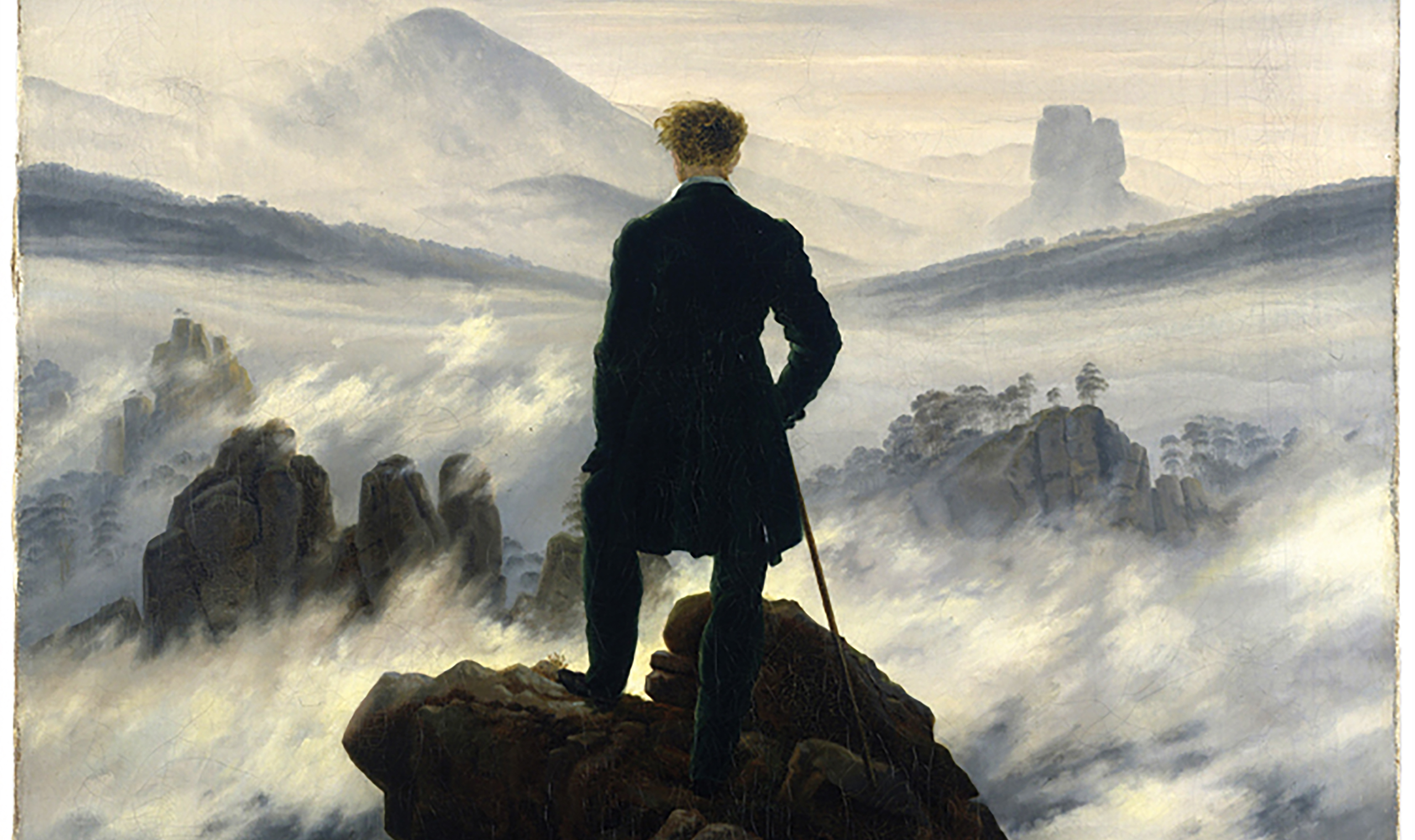
Starting in the 18th century romanticism was the rejection to the rationalism of the ‘enlightenment’ (the movement of science and industrialisation) sparked by the French Revolution in favour of the irrational and the imaginative arts, admiring the awe of nature, and the childlike emotive qualities of people that were lost in the enlightenment. The Romantic artists tended to depict themes of nature, imagination, extreme emotions, doomed love, and the Revolutions in a glorified romanticised light.
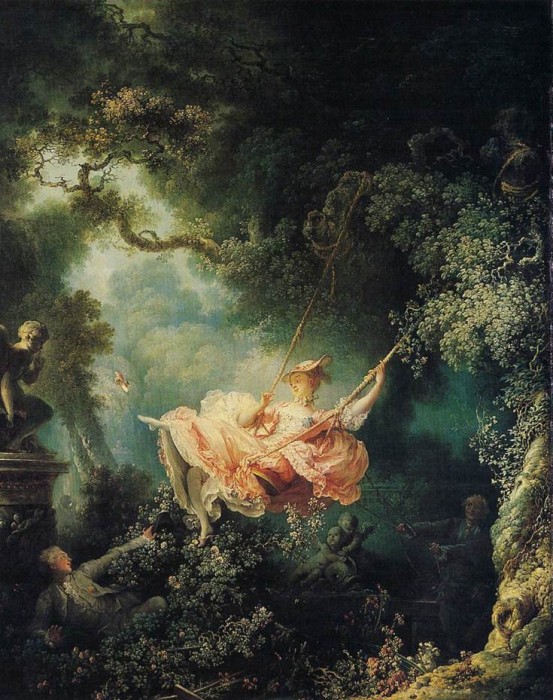
Fragonard’s – The Swing 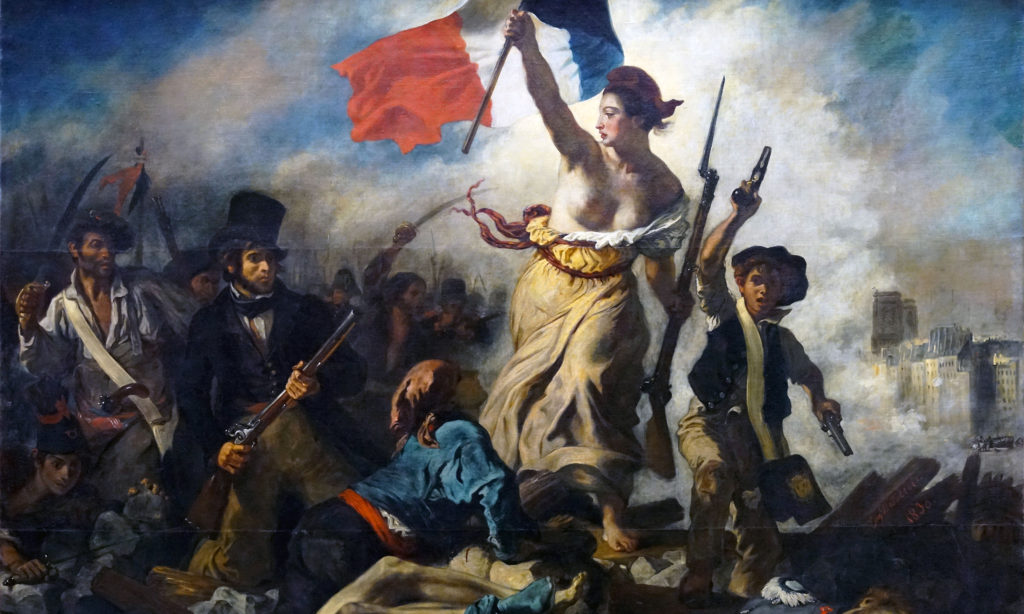
Liberty Leading the People – Eugene Delacroix 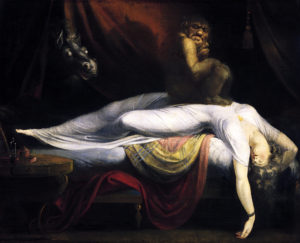
The Nightmare – Henry Fuseli
The sublime

Calias Pier – Joeseph Mallord Williams 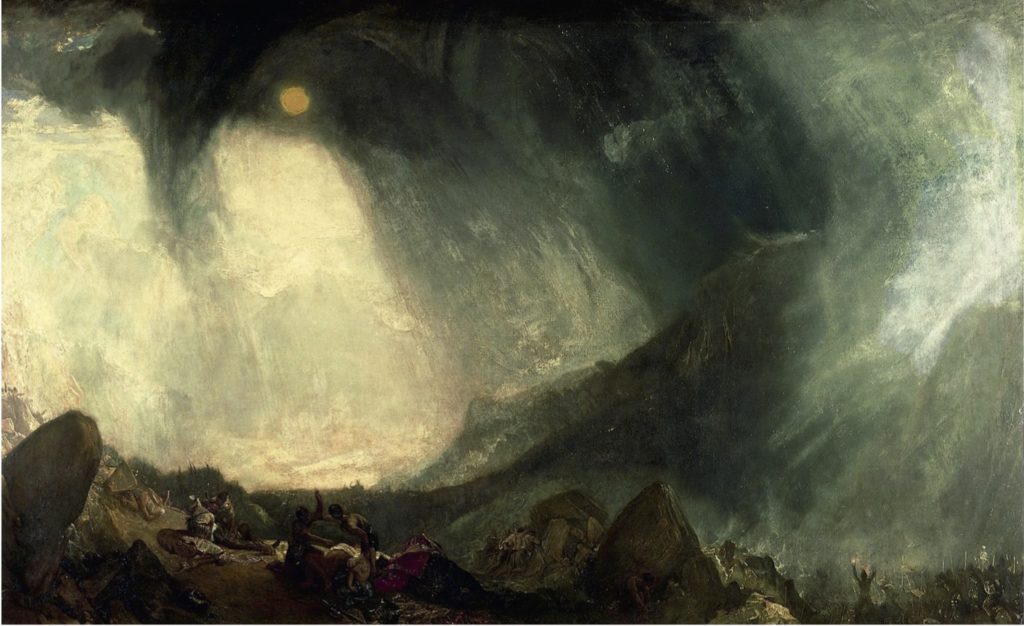
Snow Storm – Hannibal and his Army Crossing the Alps
– J. M. W. Turner
In history sublime was used to describe the idea of grandeur and the extraordinary. Artist often painted large scenes of sweeping clouds or huge mountains making humanity seem small and insignificant in comparison with nature.
Edmund Burke’s “A Philosophical Enquiry into the Origin of Our Ideas of the Sublime and Beautiful” provided an explanation for what both the sublime and the beautiful means with the Beautiful- being the well informed and the aesthetically pleasing, whilst the sublime is described as “that which has the power to compel and destroy us.” Burkes work was heavily criticised by the German philosopher Immanuel Kant as the book did not acknowledge the mental effect that experiencing the sublime had on someone
“To make psychological observations, as Burke did in his treatise on the beautiful and the sublime, thus to assemble material for the systematic connection of empirical rules in the future without aiming to understand them, is probably the sole true duty of empirical psychology, which can hardly even aspire to rank as a philosophical science.” – according to Kant, Burke only gathered data and left it up to others to interoperate its effect.
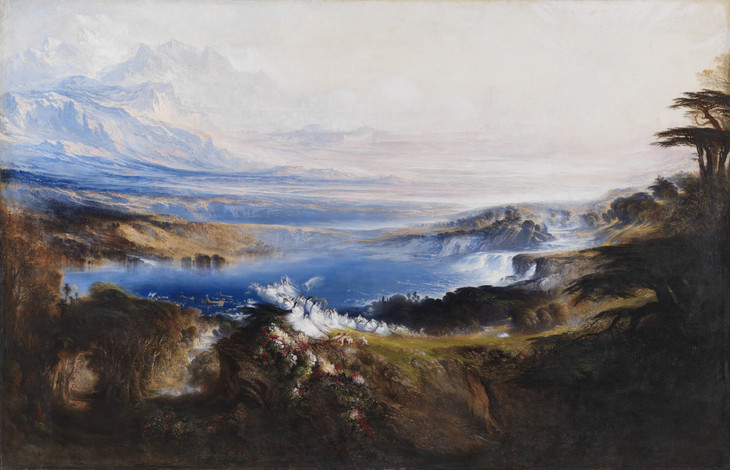

Good progress overall…to be able to improve and highlight key areas of exceptional ability you must refer to the marking criteria and 10 Step Process too…here is the link https://hautlieucreative.co.uk/photo24al/2022/09/30/assessment-criteria-2/